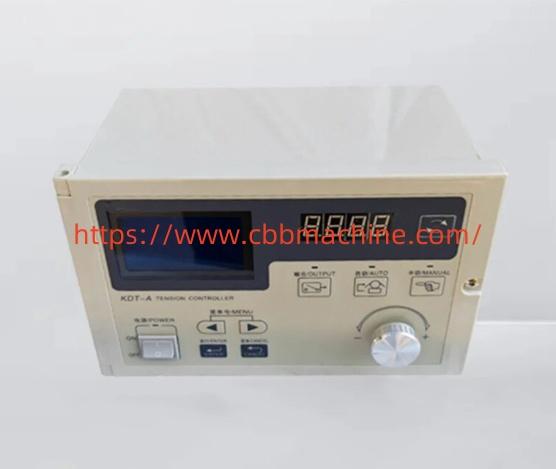In web handling systems, maintaining product integrity during material movement is essential, which is why a Tension Controller is often placed at the heart of modern automated processes.
This precision device plays a crucial role in various industries such as printing, laminating, textile, and paper manufacturing. It ensures that materials are kept at consistent tension levels during unwinding, winding, or intermediate transfer stages. Fluctuations in material tension can lead to defects, uneven rolls, or even machine damage if not properly managed.
Tension variations can result from differences in material thickness, roll diameter, or speed changes during production. By using a reliable control unit, the system can dynamically adjust torque or braking force to maintain optimal conditions. These adjustments are often performed in real time, ensuring continuous smooth operation even as production parameters shift.
There are several types of systems available, including manual, semi-automatic, and fully automatic controllers. Modern models integrate sensors and feedback loops that provide constant updates to the machine, allowing for quick correction of deviations. Load cells, ultrasonic sensors, and dancer arms are commonly used as input components to detect changes in web tension.
Advanced controllers are capable of operating across different modes, such as torque control, diameter calculation, and tension feedback. These systems are usually programmable and can be integrated into centralized machine interfaces. For manufacturers operating complex production lines, this offers both flexibility and a reduction in operator intervention.
Energy efficiency is also improved through better control. Systems with precision tuning reduce mechanical wear and unnecessary torque output, extending the lifespan of motors and brakes. This results in lower operational costs and reduced machine downtime over the long term.
Additionally, safety is an important aspect. Consistent tension minimizes web snapping, jamming, or tearing, which can be hazardous and cause production stoppages. Using a stable system not only safeguards materials but also protects personnel working nearby.
For companies seeking to scale their production without compromising quality, implementing a robust control mechanism for tension is an important investment. The technology continues to evolve with industry demands, focusing on user-friendly interfaces, modularity, and smart connectivity.
To read more insights about features, benefits, and proper usage, visit https://www.cbbmachine.com/news/industry-news/tension-controller-types-importance-applications-and-more.html

